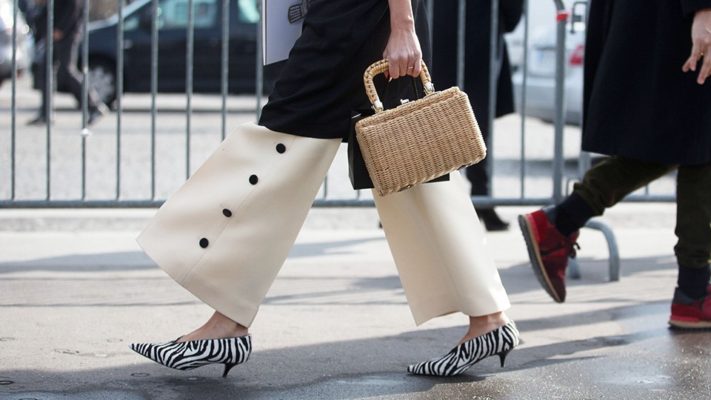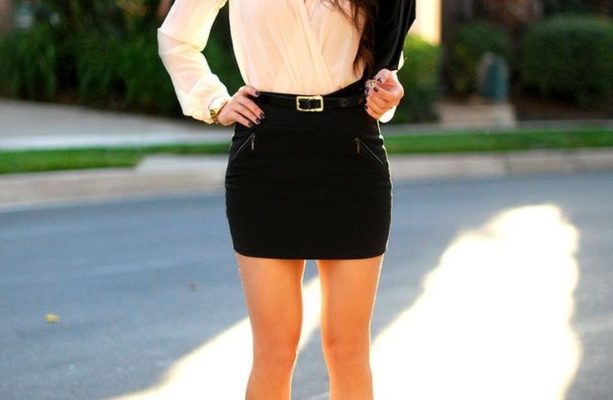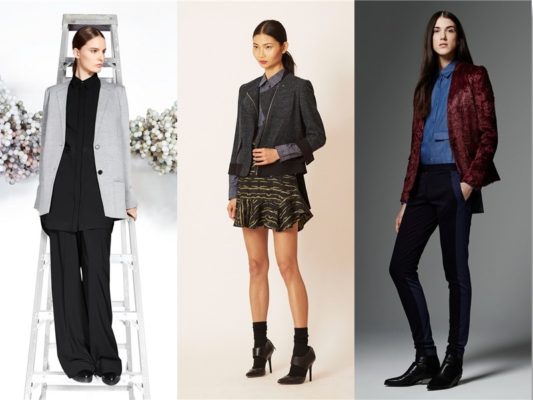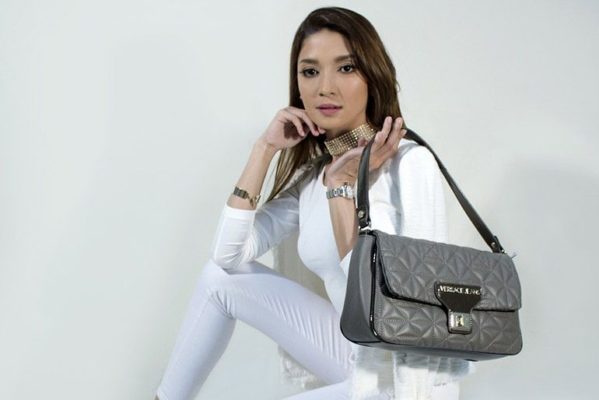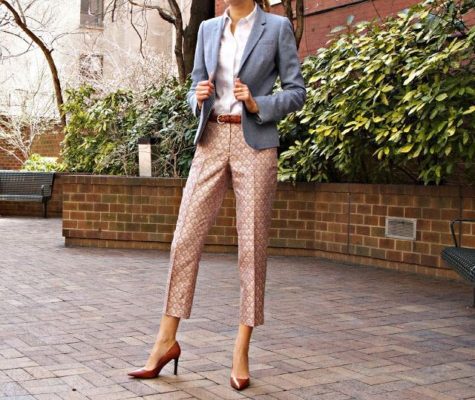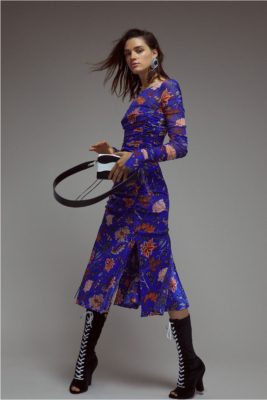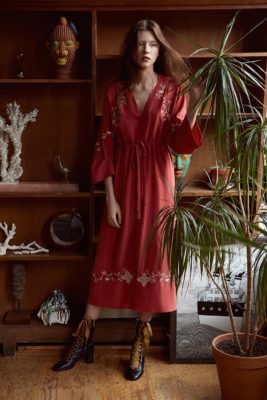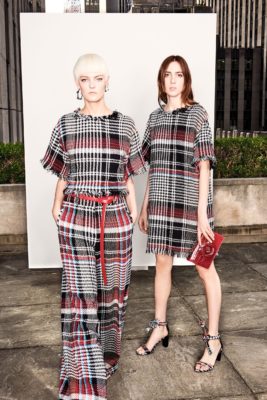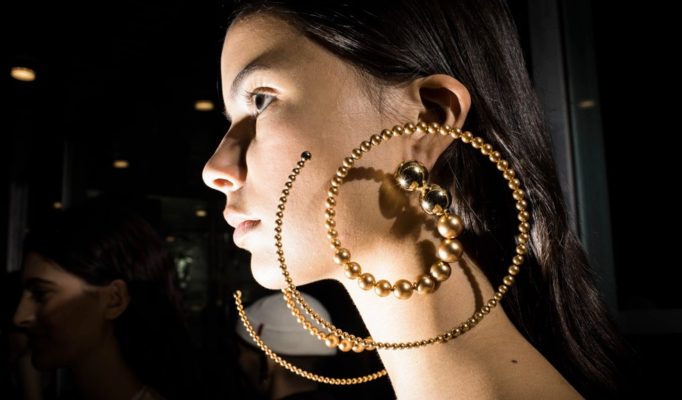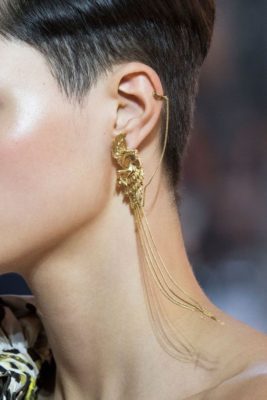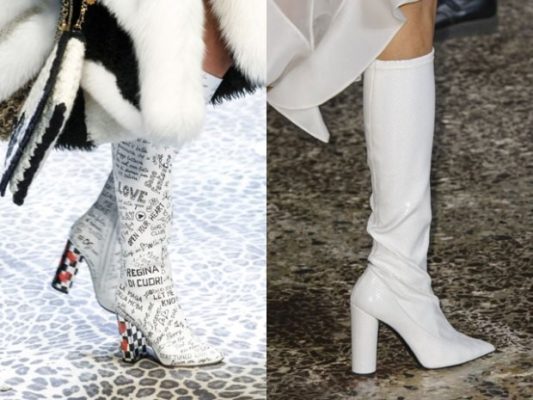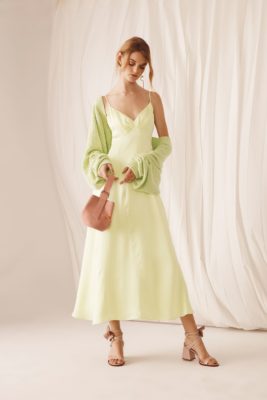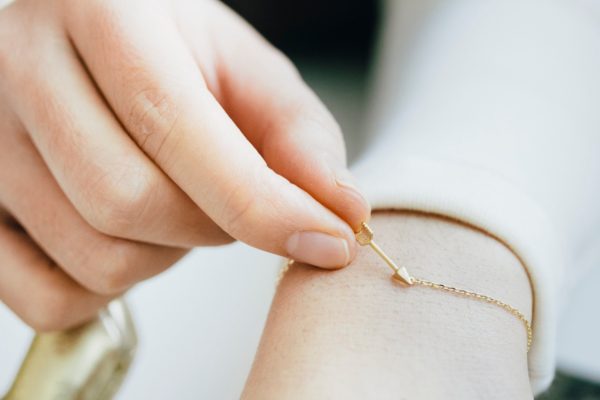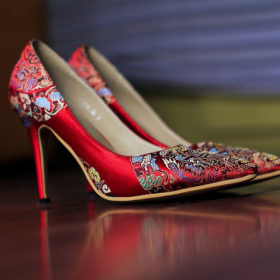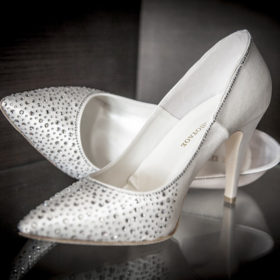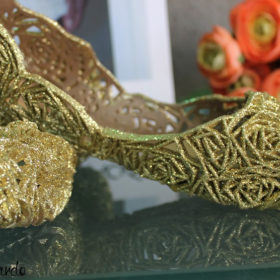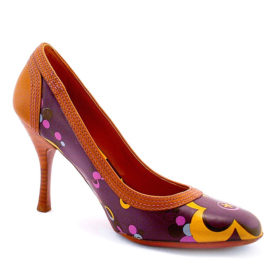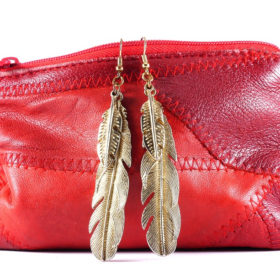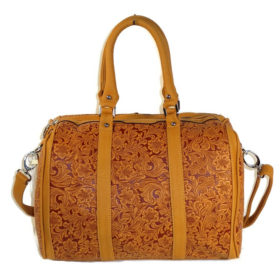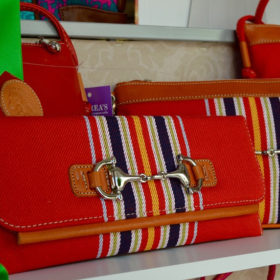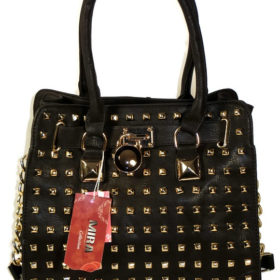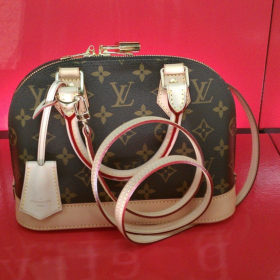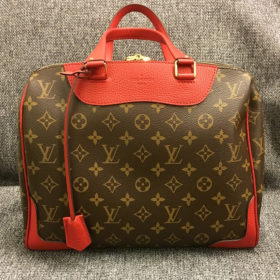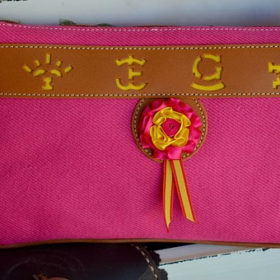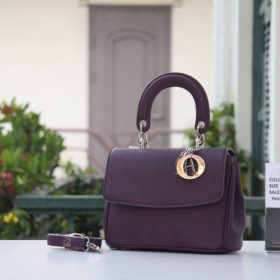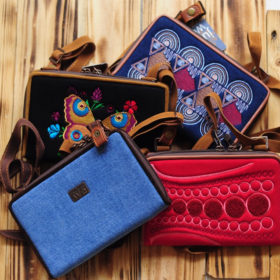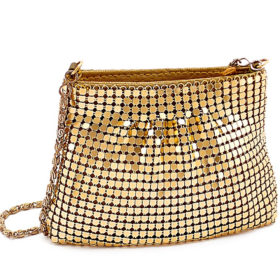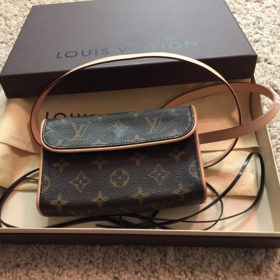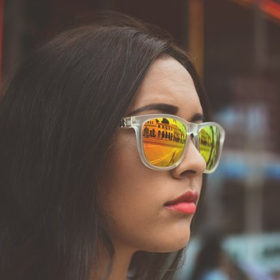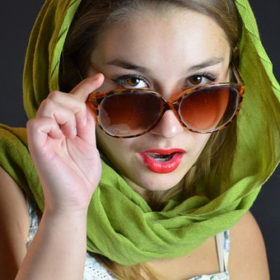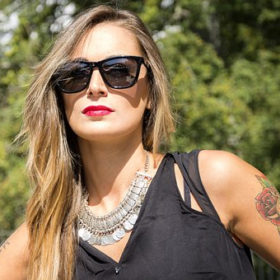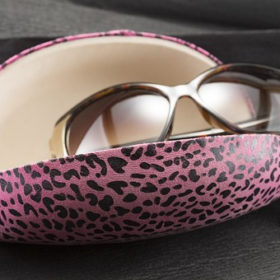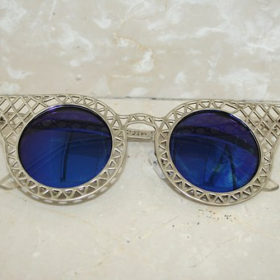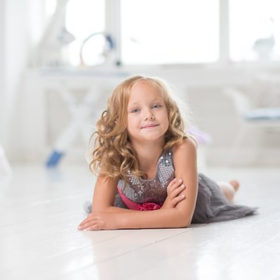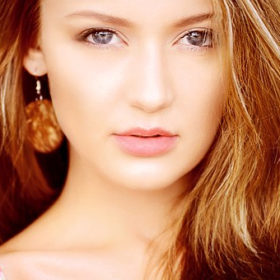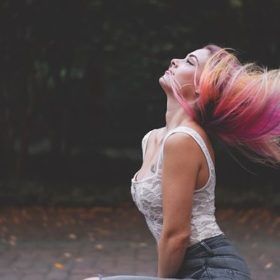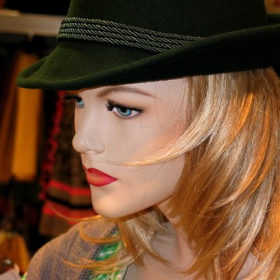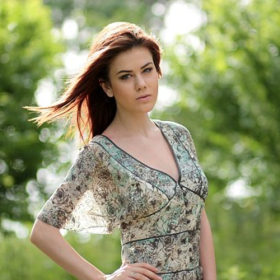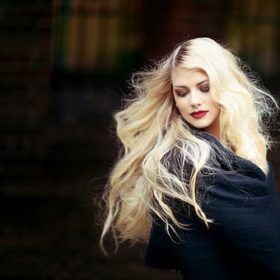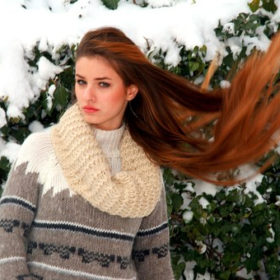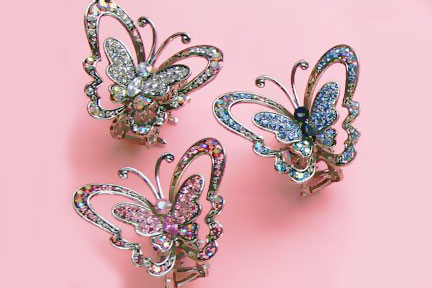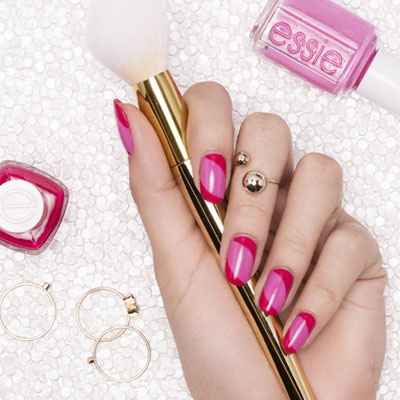Women’s Clothing
Women’s Clothing
Corsets, Waist Reduction, and Corset Comfort
Women’s Clothing
Celebrity Fashions for The Average Woman
Choosing the Right Jeans for Your Body Type
High on the list of frustrating things people do because they feel they must is jeans shopping. Shopping for a pair of comfortable chinos would be easier, but it would not meet that irresistible need to have a stylish well-fitting pair of jeans ready to go at a moment’s notice.
Clothing Your Children
It is lovely to see well-dressed children particularly small children who can look cute and fashionable at the same time. Babies have no say in what we dress them up in so we can be as flamboyant or simplistic as we like!
"Prom Night "
Dress Up to Compliment Your Look The most awaited night is approaching! Prom night! Excitement is all in the air to shop for that most uncommon, alluring, sassy prom dress. Dresses to make you stand out from others on that magical evening.
Shoes
Purses and Bags
Designer Handbags and Discount Shopping
An insightful and entertaining article exploring the relationship between designer brand name accessories and discount shopping centers.
Designer Handbags and Discount Shopping
An insightful and entertaining article exploring the relationship between designer brand name accessories and discount shopping centers.
Women’s Sunglasses
Be a quirkier fashionista whatever the weather! Know the latest trends in eye wear that fits your personality!
There is something about a pair of sunglasses that makes them arguably one of the most quintessential ‘must-have’ items of all time.
Beautiful Hair
Your hair is your crowning glory. Look after it and it will shine for all the world to see. You don’t always need expensive treatments, or visits to a hair salon to manage your hair professionally. There’s so much you can do yourself.
These days, looking good is more important than ever, and many of the hottest trends in hair styling are for super straight hair. If you’re going out somewhere and want to look your best, there are loads of products around to help you get the look right.
